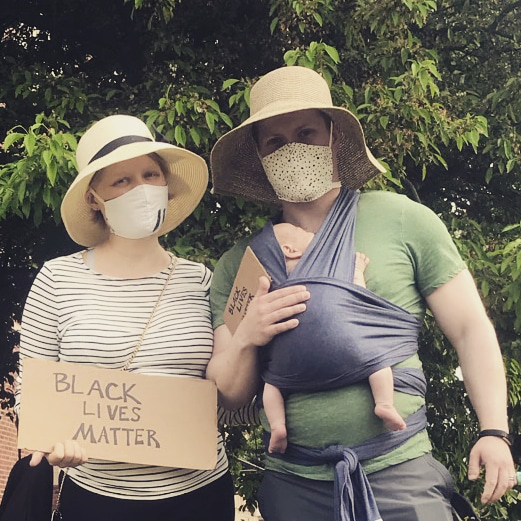This post was originally written in 2017, after police killed Philando Castile in our old neighborhood. It was updated in 2020 after police killed George Floyd less than a mile from our home.
Doctors make life-and-death decisions millions of times each year. Sometimes they get it wrong, and people die. Unnecessary surgery, incorrect prescriptions, and other medical errors account for over 100k American lives lost each year – more than car accidents and guns combined. However, despite how often Americans1 die from medical errors, it’s exceptionally rare for a doctor to face criminal charges for murder or manslaughter. Instead, victims typically seek justice in civil court for medical malpractice.
The medical malpractice system is by no means perfect. It’s expensive, bureaucratic, and many suits are frivolous. But it gets the job done. Doctors and nurses are among the most trusted professions, and the cost of malpractice insurance puts them under constant pressure to improve further. High risk means high insurance premiums, so hospitals are saving money by reducing risk. They’re training staff to reduce medical errors – and studies show these trainings are effective.
 George Floyd was killed in police custody less than a mile from our home.
George Floyd was killed in police custody less than a mile from our home.
American police departments pay out hundreds of millions of dollars each year due to police misconduct, including wrongful deaths at the hands of police2. Clearly, getting liabilities under control could save taxpayers quite a bit of money. But that’s just the thing: because police departments are publicly funded, there are no shareholders to push back against reckless spending in real time. Police may even piggyback on the city’s insurance policy, further insulating them from the costs they incur.
One path forward is to require each officer to hold liability insurance, rather than being covered by the department or city. The officers who killed George Floyd were repeatedly reprimanded for excessive force. The officers who killed Jamal Clark had a history of violence as well. Each of these men was a multimillion-dollar settlement waiting to happen, which any insurance underwriter could have seen. Prohibitive insurance costs should have made them unemployable as police officers long before they had a chance to kill.
Even better, the cost of liability insurance could be shared between the insured officer and his superiors. If premiums are deducted from the captain’s paycheck, you can bet he’ll think twice before hiring an officer with a history of excessive force. He’ll also have a direct incentive to invest in body cams, de-escalation trainings, and other risk reduction strategies.
If you go to the gym, your health insurance gets cheaper. If you fix your roof, your homeowner’s insurance gets cheaper. The insurance company creates incentives for responsible long-term behavior, and it’s not because they care about your safety. They make their money by identifying liabilities and putting a price tag on them. In the healthcare industry, malpractice insurance makes high-risk doctors are more expensive to employ, and hospitals save money by training staff to reduce mistakes. A similar system for policing would save taxpayer dollars and decrease the use of excessive force.
-
Medical errors aren’t a uniquely American phenomenon. Canada, the UK, and Germany have similar rates. ↩
-
In Minnesota alone, police paid out $1.8M after killing Dominic Felder in 2006, $200k after killing Jamal Clark in 2014, and $3M after killing Philando Castile in 2017. ↩
